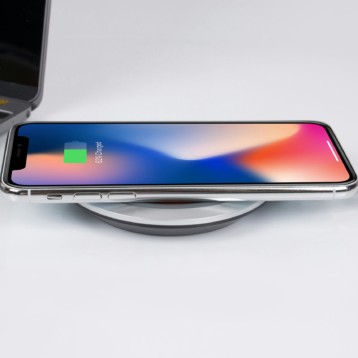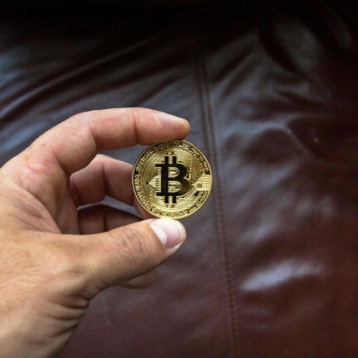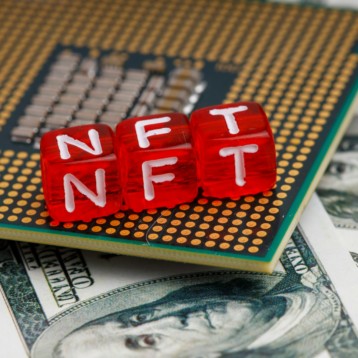Engineers at Toshiba have developed batteries that can be recharged to 90% of their capacity with a current as large as 50 amperes (A) in less than five minutes. Mr. Toshiharu Watanabe, Corporate Vice President of Toshiba Corporation and Chief Executive Officer of Toshiba’s Industrial Systems Company introduced the new technology, saying “The least we could do after ending the world AIDS crisis and world hunger was bring a fast charging battery with superior life to the market.”
The novel “Super Charge ion Batteries” (SCiB), which, according to Toshiba, have a life cycle of over ten years even under regular rapid charging, have already hit the market, targeting primarily industrial systems. The company revealed that the underlying technology that enabled engineers to achieve such characteristics required the adoption of a new negative electrode material, new separators, a new electrolyte, and new manufacturing technology. “This is a truly innovative battery,” said Mr. Watanabe. “The excellent performance of the SCiB will assure its successful application in industrial systems and in the electronic vehicles markets as a new energy solution. In terms of environmental impacts, the SCiB offers a long life that will reduce waste.”
According to experts, a unique feature of these Li-ion batteries is that lithium titanate is used as a negative-electrode material in the company of electrolytes with a high flash point and a separator with a high heat resistance. This reduces the risk of thermal runaway occurring as a result of an internal short-circuit, which limits the likelihood of bursts, ruptures, and combustions. The company demonstrated the safety of its new technology by showing that in the case of an external short-circuit the cell doesn’t explode, catch fire, or even heat up over 100 degrees Celsius. The cell also proved reliable after about 3,000 times of rapid charge-discharge cycles, decreasing in capacity by less than 10%. Moreover, it is said it’s able to repeat such recharge-discharge cycles for over 5,000 times during its lifetime. SCiB continues to behave in a stable manner even under extreme temperatures, sufficiently discharging at temperatures as low as -30 degrees Celsius.
Measuring approximately 62x95x13mm and weighing about 150g, the batteries come housed in a standard module with ten cells aligned in series. The module itself is equipped with a battery management system function (BMS), which maximizes the battery characteristics by monitoring voltage and temperature as well as balancing the state of charge in each cell. The announced capacity of a single cell is 4.2Ah while its nominal voltage reaches 2.4V.
The relatively low nominal voltage of the cells does raise some concerns as to the batteries’ compatibility with devices that require high voltage, such as hybrid cars. Toshiba says that the number of cells needed in such cases typically increases by about 50% when compared to normal Li-ion batteries. However, this doesn’t drastically affect the system – according to Toshiba, since it is possible to expand the cells’ DOD (depth of discharge) to 80% without causing it significant damage, the size of the system can be reduced to that of conventional Li-ion batteries developed for hybrid cars.
Toshiba says that battery-powered bicycles, motorcycles, automated guided vehicles, electric forklift trucks, and construction machinery all can utilize the new technology, as they already use rechargeable batteries. Additionally, the company says SCiB is “a promising candidate for emergency power sources, electric power regeneration in wind power systems, and the stabilization of electric power supply.” Toshiba says it hopes to standardize these high-potential batteries in industrial systems and automotive products businesses, targeting global sales of 100 billion yen for fiscal year 2015.
At the recent CES 2009 exhibition, which took place in Las Vegas, TFOT was able to see the power of the new SCiB batteries in action when used in Schwinn’s upcoming electric bicycles (soon to be covered by TFOT) and at the Toshiba booth itself where the new batteries where demonstrated inside a Toshiba notebook, which should be available in the middle of 2009, according to the company.
TFOT has previously covered a number of innovative, advanced power related technologies including the I2911 – a portable solar charger for mobile devices from the Chinese company aigo and the new Light for Life Flashlight which is based on new ultracapacitor technology which can charge the flashlight in 90 seconds.
More information on Toshiba’s SCiB technology can be found here.










